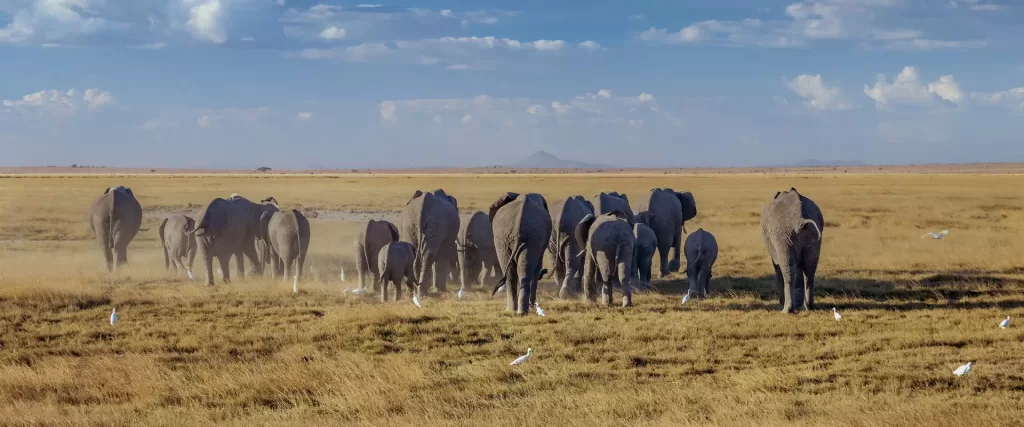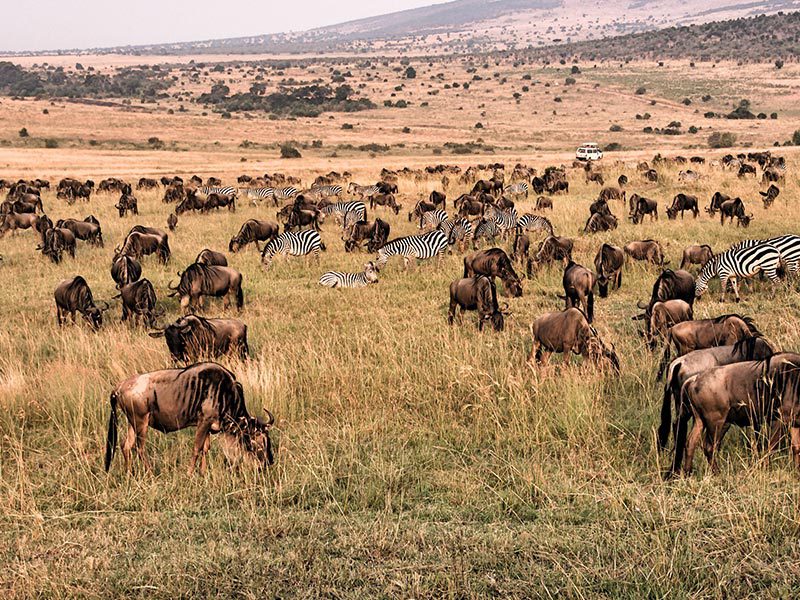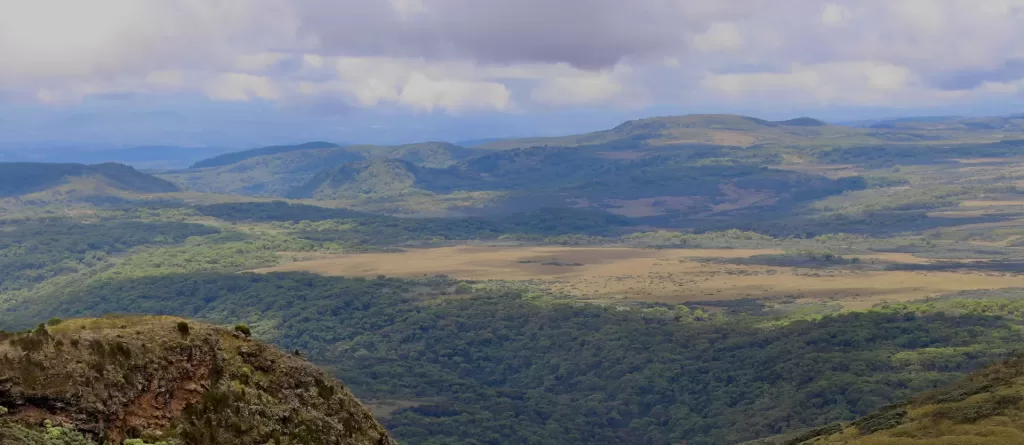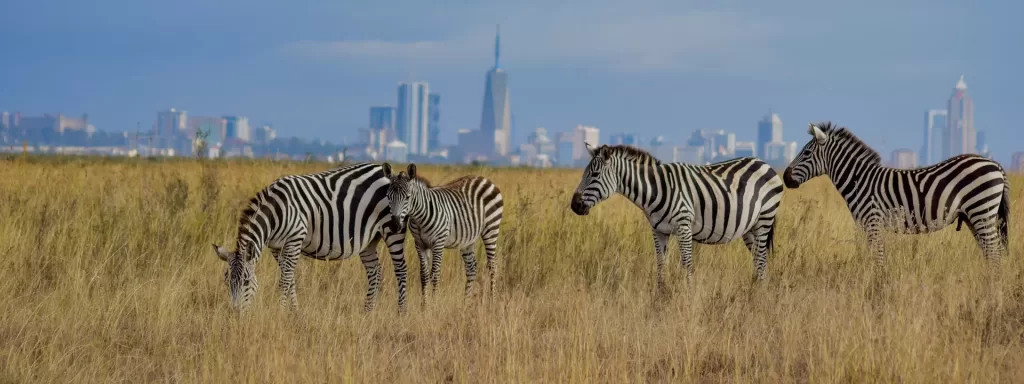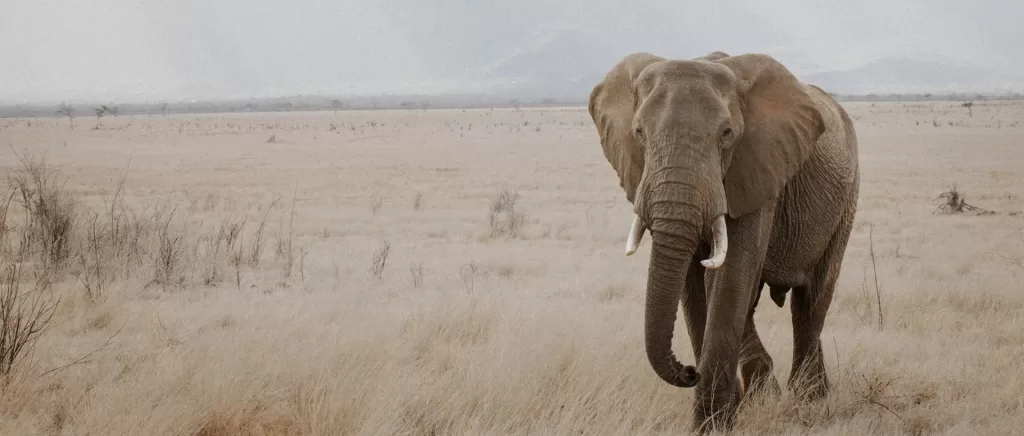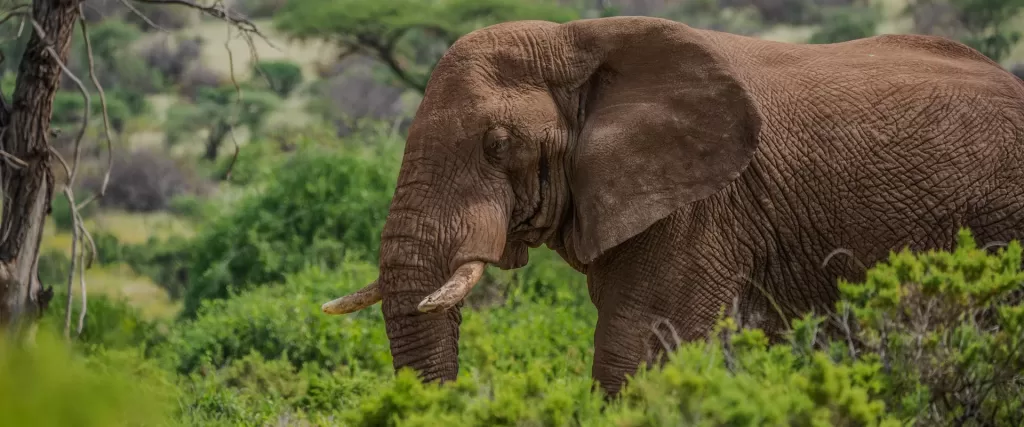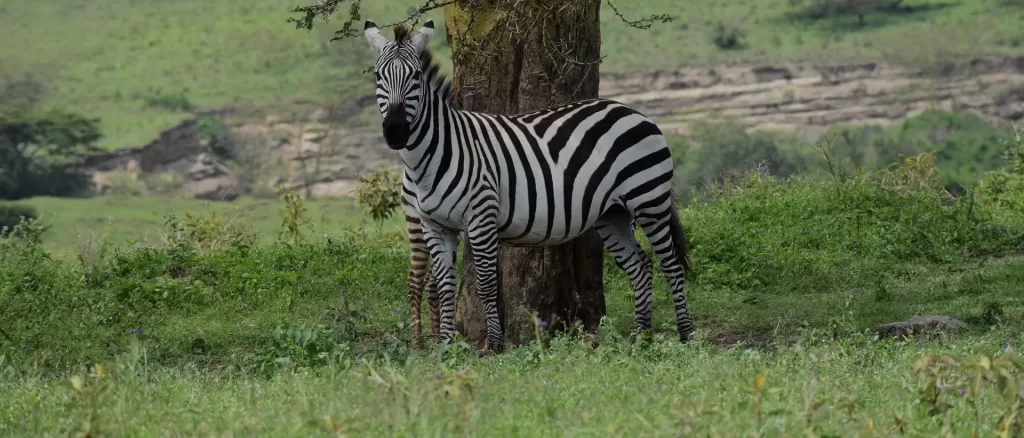Lake Naivasha National Park
Lake Naivasha National Park is one of the great rift valley lakes found in Kenya standing at the highest elevation that rises 1,884 meters. The name Naivasha is derived from the local Maasai name Nai’posha, meaning “rough water” because of the sudden storms that can arise. The lake is fed by other closer rivers that is Maleewa and Gilgil Rivers.
Lake Naivasha is among the few freshwater lakes found in Kenya positioned a few kilometers away from the town of Naivasha. The lake has a surface area of 140 square kilometers and is surrounded by a stunning swamp area that covers an area of 64 square kilometers and provides great sightseeing of bird life.
The park is surrounded by other two small lakes that are Lake Oloidied and Lake Sonichi which are called Green Crater Lake.
The park offers a unique feature like a thick forest that sits within the crater of the mountain. At the rim of the crater, there is a rewardable view across the beautiful Rift Valley to Lake Naivasha. Major highlights of wildlife to see at Mount Longonot are buffaloes, Common Zebras, giraffes, elands, lions, leopards, bushbucks, and Grant’s gazelles among others.
Things to do and see at Lake Naivasha National Park
Crescent Island
This private Island sanctuary sits along the Great Rift Valley region and is an unfenced Island thus allowing animals to roam freely around. The Island can be accessed by boat or by 4×4 wheel drive through the narrow swampy route that leads to the sanctuary. This route/road is commonly used by buffaloes and other animals. Scenic nature walks can be done on the Island.
Elsamere Conservation Center
The Elsamere Center became popular in the 1960s after Joy Adamson’s book “Born Free” highlighted Joy and George Adamson’s story of rescuing a cub caring for it and later reintroducing it back to the wild. The book was also developed into a film of the same name “Born Free”.
The Elsamere Center sits right at the shores of Lake Naivasha and all its activities which include wildlife conservation, tourism, education, and information activities are run and managed by the Elsa Conservation Trust.
The Elsa Conservation Trust was called the Elsa Wild Animal Appeal at its establishment named after the lioness in the Born Free story, later the name was changed to Elsa Conservation Trust.
Lake Naivasha
This is the park’s highlight since the park was named after the blue water lake. The shallow lake can be seasonal though very rough during the wet season. The water banks are covered by papyrus and other forest species that attract various species of birds and mammals. Here, birders have to get a boat at Lake Naivasha to access swamp bird species along the lake banks.
Crater Lake Game Sanctuary
The sanctuary sits on 10,000 acres and is about 1 hour from Naivasha. It is a thrilling jade-colored lake formed by the process of volcanic activity and a bird-watching hotspot with over 150 bird species recorded. It is also the right place to explore large game animals such as giraffes, leopards, Zebras, and many more.
Hiking Mount Longonot
This is an extinct volcano with a height of 2776 meters above sea level. The Maasai locals call it OIo Nongot which means ‘’Mountain of the Many Summits’’. It offers a unique large crater edge on top with no water, depending on the hiking experience this Mountain can take between 2 to 4 hours to access the summit.
The hike takes between 2 to 4 hours depending on hikers’/travelers’ physical fitness. At the top you will have a great aerial view of the entire Lake Naivasha National Park, the mountain also offers a scenic large crater on top of the mountain and the volcano base is habitant to zebras, buffalos, giraffes, hartebeest, and others.
Game Viewing
Game viewing is the most done activity at the park and can either be done in the early morning or evening. The park is home to various species of animals which are best spotted during the dry season when animals congregate at the lake to cool off and drink water. Look out for the waterbuck, wildebeest, giraffes, and zebras among others. Game viewing can be on a bike, foot, horse ride, or safari vehicle.
Horseback riding safari
The horse riding gets you up close to the wildlife in the park accompanied by a ranger guide who spots the best trails to take for game viewing areas in the park. Spend 2 hours exploring the Great Rift Valley and look out for giraffes, zebras, impalas, and wildebeests, among others.
Bird watching
Lake Naivasha National Park is recognized as a Ramsar Site and the second site listed by Kenya as a wetland of International Importance under the Ramsar Convention. The park is home to over 400 bird species, which can be spotted along swampy areas, acacia trees, and many others. Bird species include; Mosque Swallow, Lyne’s Cisticola, Chestnut Sparrow, Abyssinian Wheatear, Nyanza Swift, Mottled Swift, White-fronted Bee-eater, Mocking Cliff Chat, Bearded Woodpecker, Plain-backed Pipit, Giant Kingfisher, Grey-backed Fiscal, Grey-crested Helmet-Shrike.
Other bird species include Brimstone Canary, Cape Teal, Pied Avocet, Black Heron, Goliath Heron, Great White Pelican, Common Greenshank, Ruff, Green Sandpiper, Black-tailed Godwit, and Hildebrandt’s Francolin among others.
Boat cruise
The boat ride is provided by an experienced local boating guide and the boats range from 6-person to 20-person seating capacity. The usual timings for the one-hour lake safari are 7 am to 11 am and 2 pm to 4 pm. The lake is known to get rough from late afternoon to evening and these boat rides at this time are avoided.
Lake Naivasha National Park is remarkably picturesque, set against a purple backdrop of the Eburru volcanic mountain range and lined by thick yellow-barked Acacia Xanthophlea trees. The shores of the lake host small numbers of Giraffes, Zebra, Waterbuck, and the odd eland and wildebeest. Look out for numerous bird species as well such as Flamingos, Jacanas, and Herons among others.
Where to stay in Lake Naivasha National Park
Loldia House
Loldia House is within a two-hour drive of Nairobi and sits on the shores of the northwestern part of Lake Naivasha in the Great Rift Valley. The house has stunning views of the lake and Mount Longonot as a backdrop.
Loldia House has four rooms in the main house, two separate cottages on the lawns of the property, one with three rooms and the other with two, providing a total of nine twin or double rooms.
The rooms give off a traditional African vibe, with simple furnishings, bright colors, and a homely feel. Other facilities include a cozy lounge, a dining room, and a gift shop selling adorable local crafts.
Chui Lodge
The delightful Chui Lodge is tucked away in the Oserian Wildlife Sanctuary, above the shimmering shores of Lake Naivasha. The lodge comprises 8 luxurious cottages set in a beautifully manicured garden, the cottages are ensuite with bathrooms, a fireplace, and a private veranda with views of the Rift Valley escarpment. The rooms are grouped into deluxe bandas that are larger with private lounge areas and standard bandas.
The Lodge is built from simple bush stone, Acacia, Olive, and Leleshwa wood all sustainably sourced from within the sanctuary. All furniture was hand-crafted at the onsite wood workshop and every piece is unique and adds to the African flare of Chui Lodge.
Other facilities include a dining room, lounge, and bar area, while a sitting room, library, and sparkling heated swimming pool with views across the waterhole and wildlife sanctuary.
Ol-Kine Cottage
Located in Naivasha in the Nakuru County region, Ol-Kine Cottage at The Great Rift Valley Lodge & Golf Resort Naivasha features a terrace. There is an on-site restaurant, plus free private parking and free WiFi are available. The property is non-smoking and is situated a few steps from Great Rift Valley Golf & Resort.
The sustainable apartment is equipped with 4 separate bedrooms, 4 bathrooms, a fully equipped kitchen with a dining area and microwave, and a living room with a flat-screen TV. Towels and bed linen are provided in the apartment. Other facilities include a restaurant, a bar, a children’s playground, gardens, and an outdoor swimming pool.
Lake Naivasha Sopa Lodge
The Resort is set in one hundred and fifty acres of grassland studded with Acacia bushes and trees. The Lodge has a total of 82 rooms, 2 of these rooms are suitable for the physically challenged and 6 of the 21 cottages have inter-connecting rooms on the ground floor.
The cottages are double-storied with ingeniously designed roofs that gently sweep away from one side of the main building to form a crescent that leads towards the lake shore.
All rooms have large frontal windows; televisions; mini-bars; telephones; electronic safes; tea and coffee-making facilities; and spacious, open-air verandas. Other facilities include a reception area, lobby, and lounge split into upper and lower levels with a bar in between, a dining room, a swimming pool, a conference room, and a gift shop.
The Best Time to Visit Lake Naivasha
Lake Naivasha National Park experiences two dry seasons and two rainy seasons. The long, cool dry season occurs from July to October and is followed by a short rainy season in November and December. January and February are the short hot-dry season, and April through June is the long rainy season; though welcoming and departure of rains start around the end of March and early July respectively.
The dry season is the best time to visit Naivasha as animals congregate close to the few remaining waterholes. The long rainy season coincides with the calving season, the birth of a new generation of animals, especially antelopes like impalas, and is ideal for photography as the landscape is transformed into a beautiful setting of rich flora.
How to get to Lake Naivasha National Park
Lake Naivasha National Park is only a short journey from Nairobi, the 98km journey takes around 2.5 hours along the Old Naivasha Road and the C88.
Other Kenya Destinations
ABOUT TRAVELERS LINK AFRICA
Our mission at Travelers Link Africa is to connect people to positive travel experiences enabling them to see the world differently, transforming lives and the communities visited.
To do this we offer authentic travel experiences taking you on both an outer adventure and an inner journey to create memories of a lifetime with Uganda, Kenya, Tanzania, and Rwanda
GET SOCIAL WITH US
Follow our Travelers Link Africa adventures and share your own with us
CONNECT WITH US
We’re here to help, so get in touch with our friendly travel consultants to book your package or add customizations your safari
Our main phone number is
+256 754 062 366
– OR –
